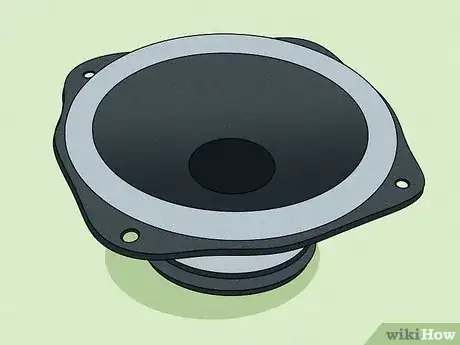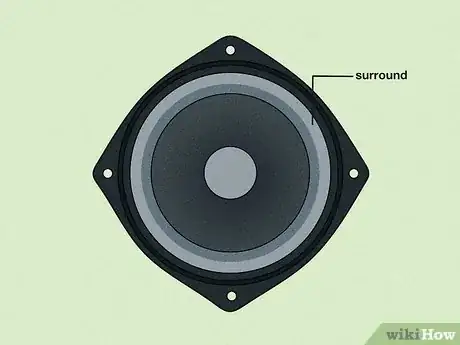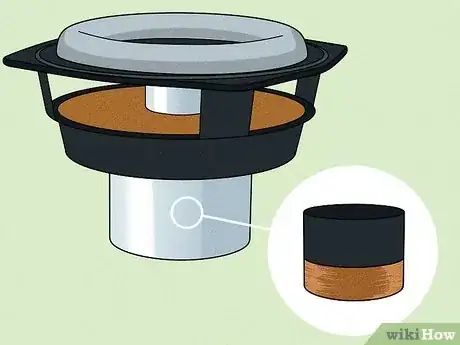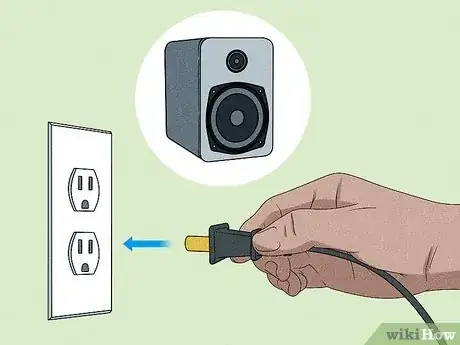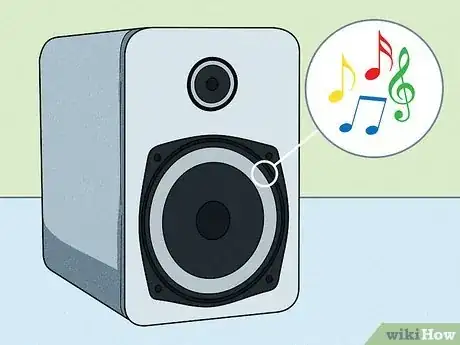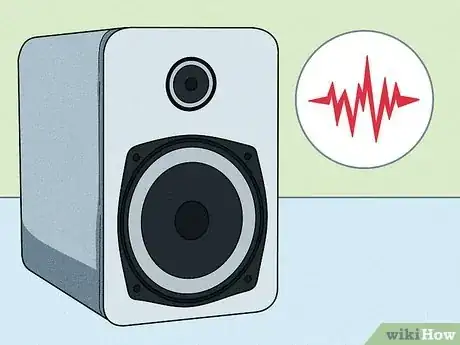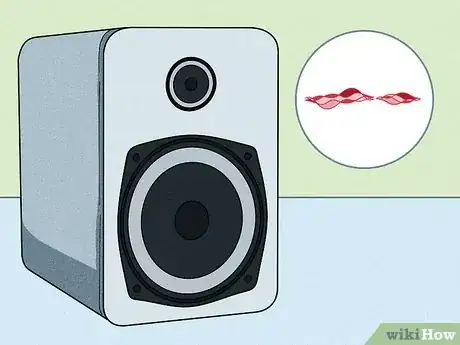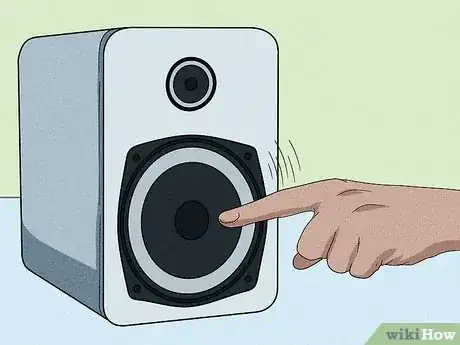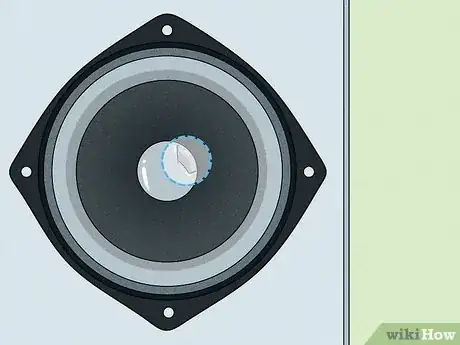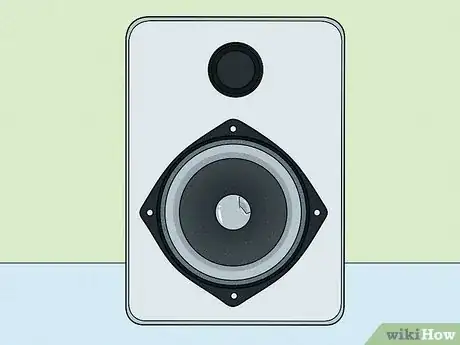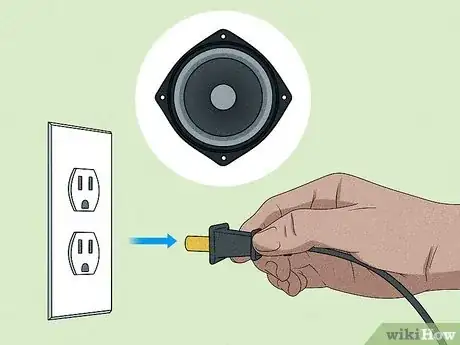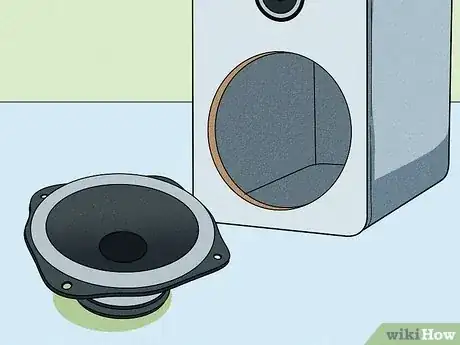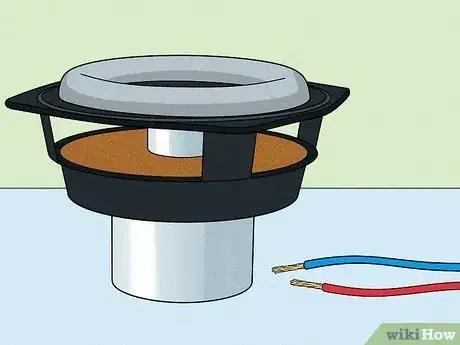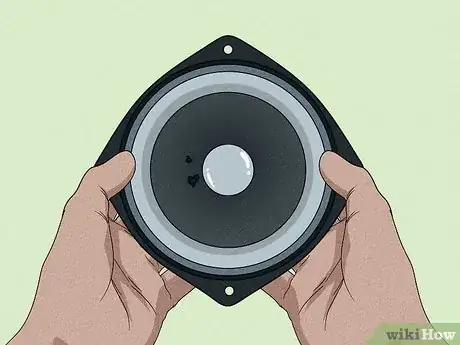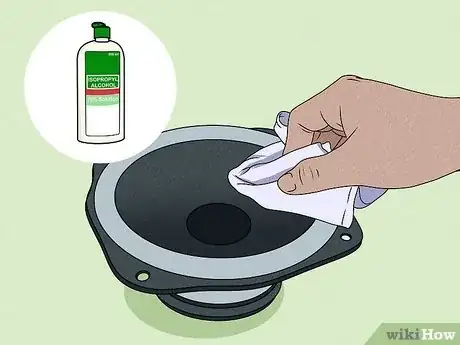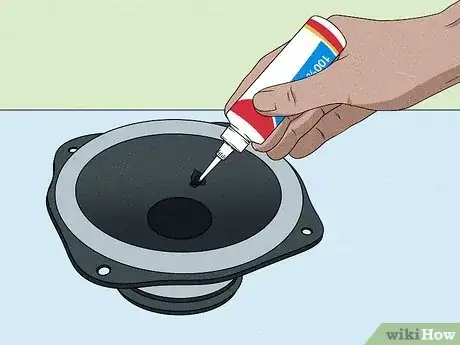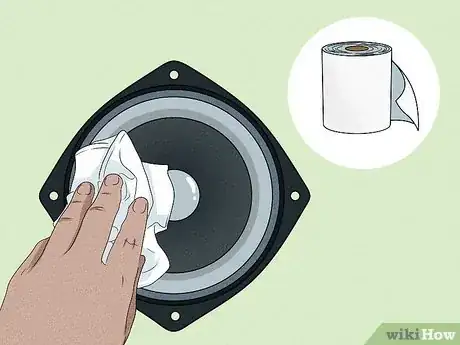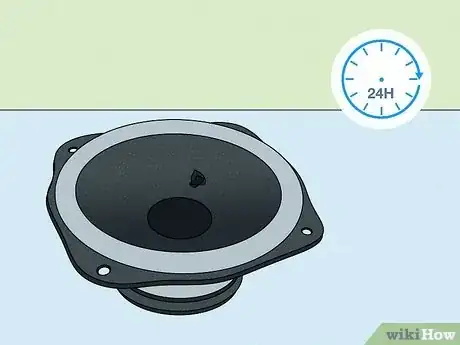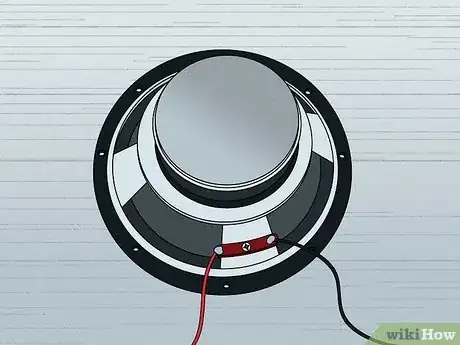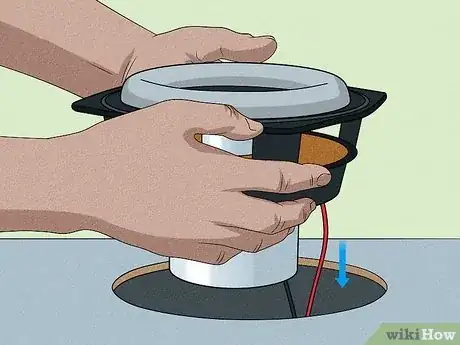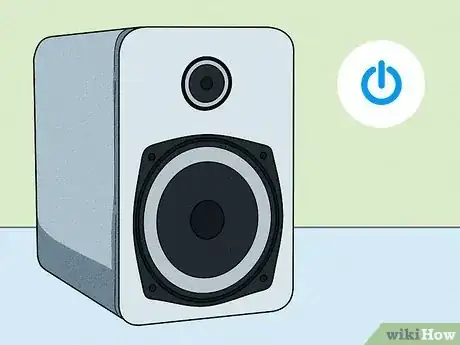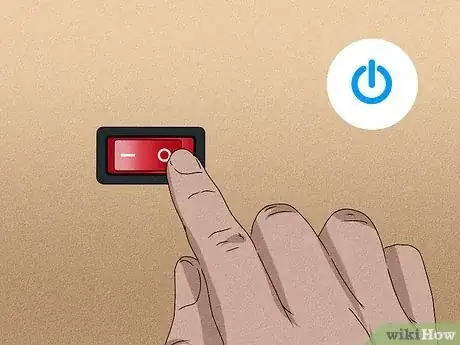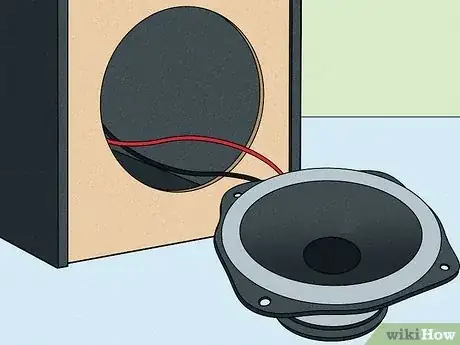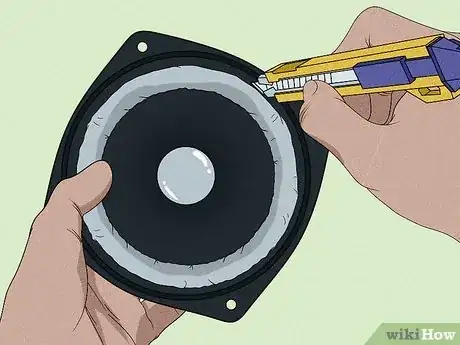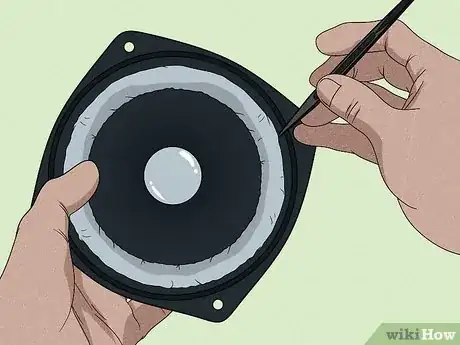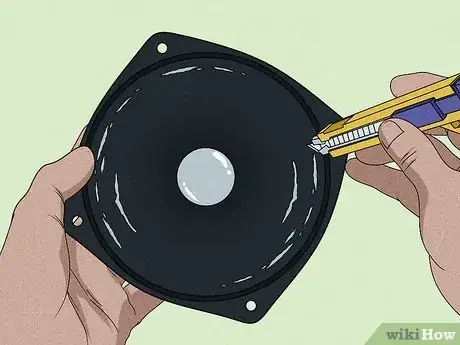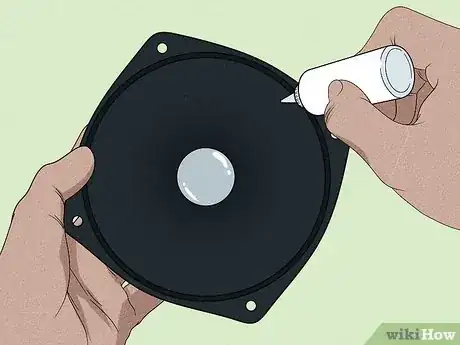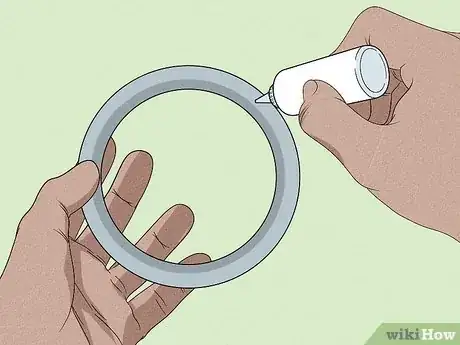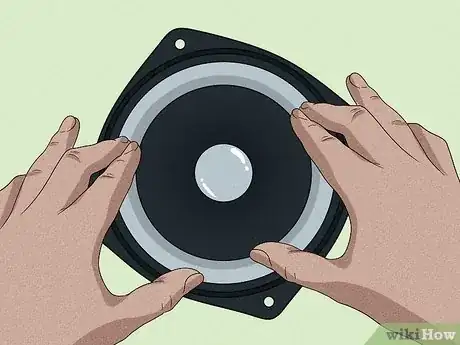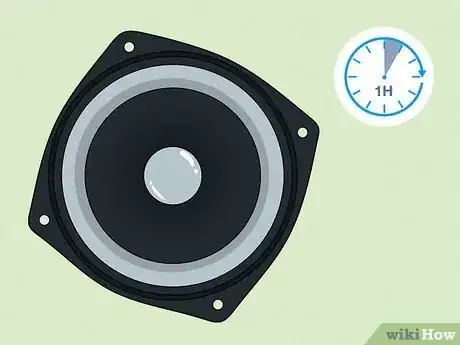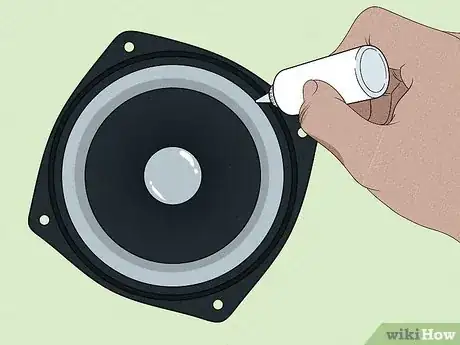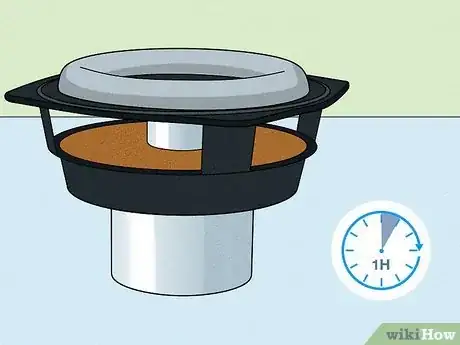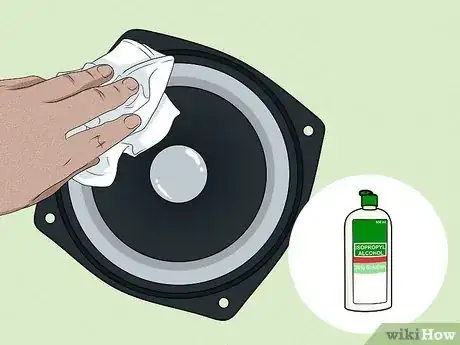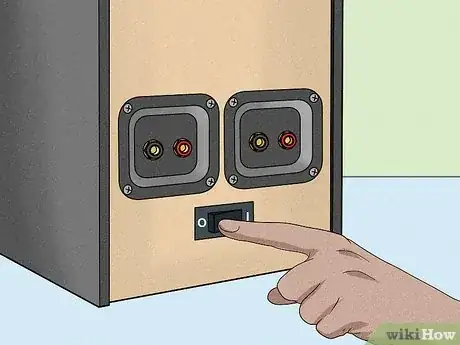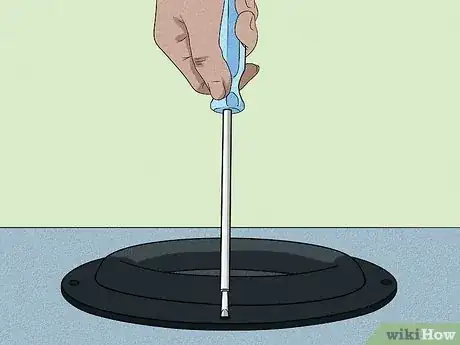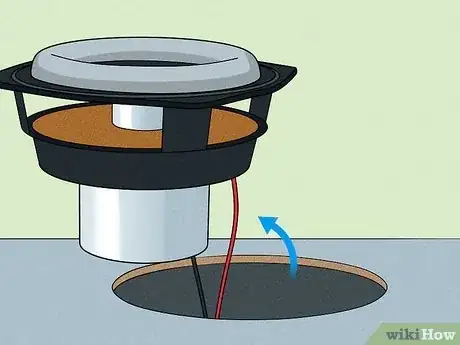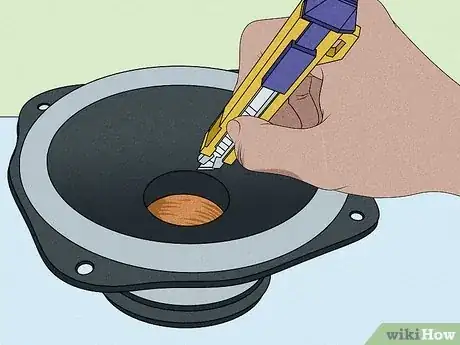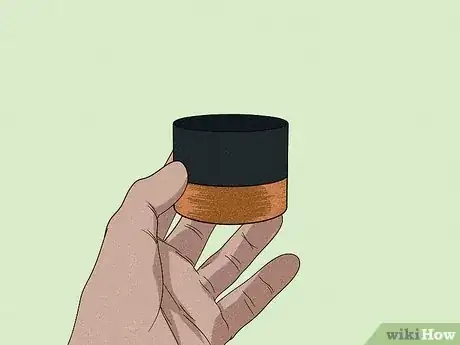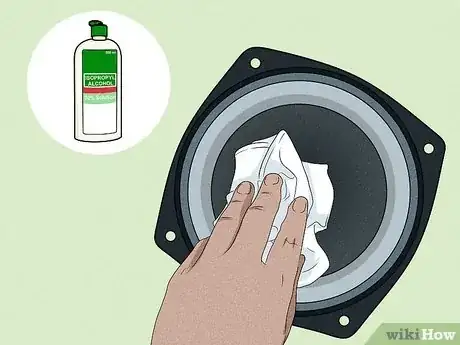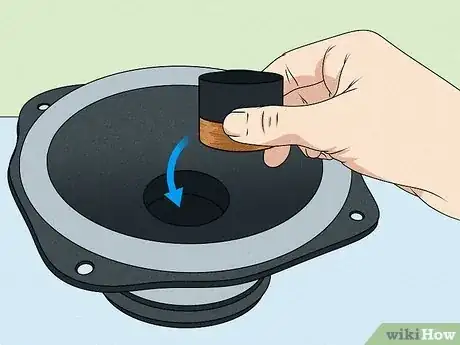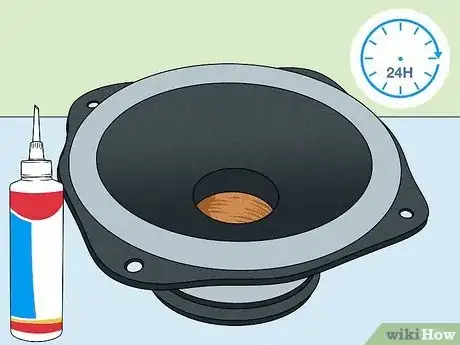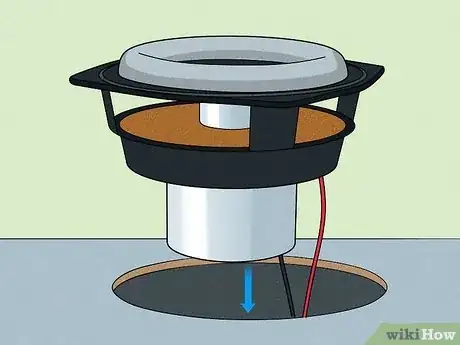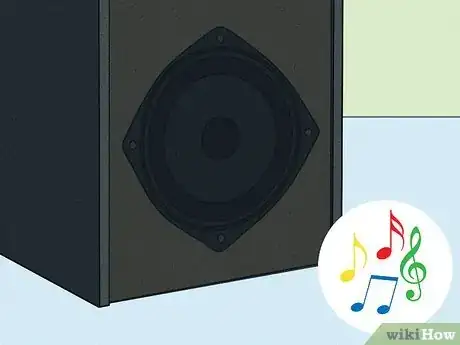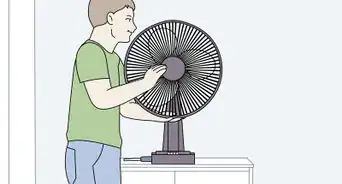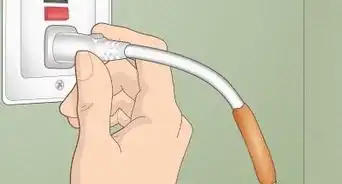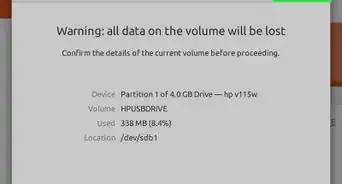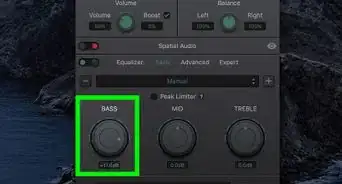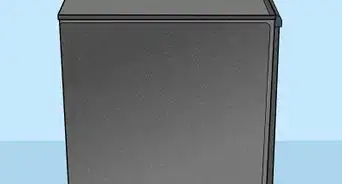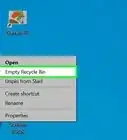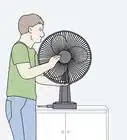X
This article was co-authored by wikiHow staff writer, Rain Kengly. Rain Kengly is a wikiHow Technology Writer. As a storytelling enthusiast with a penchant for technology, they hope to create long-lasting connections with readers from all around the globe. Rain graduated from San Francisco State University with a BA in Cinema.
This article has been viewed 12,706 times.
Learn more...
Is your car or home speaker blown? If your speaker produces an awful sound like crackling, buzzing, or scratching—or no sound at all—you might have a blown speaker. Depending on the extent of the damage, you may be able to fix it yourself. This article will show you how to identify the damaged component and how to repair it at home.
Things You Should Know
- A blown speaker can mean damage ranging from crackling sounds to no sounds at all.
- You will need to purchase replacements if the internal damage is severe.
- If you don’t feel comfortable repairing a speaker yourself, consult a professional.
Steps
Section 2 of 6:
How to Test Diagnose Which Area is Broken
-
1Turn on the speaker. Make sure all power sources are connected and all cables are secure.
- For car speakers, make sure your car stereo display is active. Flickering car displays can indicate a problem with the power, faulty wiring, or loose connectors within the unit.
- For handheld speakers, make sure the device is fully charged and the light indicator is on.
-
2Test the sound. Play a song or video to check the audio. Avoid playing the radio since the natural static may interfere with your test.
- Play a familiar song that has a broad range of sound. This will help you determine which part of your speaker needs attention.
- Listen once at medium volume, then again at a higher volume.
- Avoid testing in areas with excessive noise. This may affect your sound test.
-
3Listen for rattling, crackling, or muffled sounds. If you can hear distortion with the volume set to a reasonable level, you most likely have a torn speaker cone or damaged voice coil.[2]
-
4Listen for lack of range. It’s possible your speakers may be partially blown. You’ll be able to tell if your speaker struggles with certain frequencies.
- Listen to a song you know very well. This will help determine which parts sound off, revealing if your speaker lacks high, medium, and/or bass frequencies.
-
5Feel for lack of vibrations. If you can’t feel any vibrations when you touch your speakers, it could indicate a problem with the internal wiring.
- Speakers create sound through vibrations.
- No vibrations will mean no sound.
-
6Visually inspect the speaker for damage. Turn off the power completely. Unplug any wires. You’ll need to unscrew the cover or plate to access the internal components.
- If there are any holes or tears on the speaker cone, you will need to repair it.
- If the surround is deteriorated or experiencing foam rot, you will need to replace it with a new one.
-
7Diagnose the problem. Depending on the issue you’re having, you might be able to fix it yourself.
- If you heard any crackling or buzzing sounds, you may have a damaged voice coil or speaker cone.
- If you saw damage to your surround, you will be able to replace it.
- These repairs can be done by a professional or at home.
Advertisement
Section 4 of 6:
Fix a Speaker Cone
-
1Turn off the power. This is very important. You don’t want to shock yourself when handling the internal speaker components.
-
2Remove the speaker from its shell or case. You’ll need to unscrew the mounting screws with either a screwdriver or a ratchet.[3]
-
3Unplug all wires connected to the damaged speaker. Be careful not to tug or pull the wires.
-
4Examine the speaker cone for holes and/or tears. Your speaker may have minor damage underneath the cover. Inspect your speaker for any visual signs of damage such as cracks or splits.
- Damage can mostly be found on the cone of the speaker.
- Repairing these damages will improve the quality, but it won’t restore the original quality.
- If you want your speakers to sound brand new, you will need to get them professionally repaired or replace them altogether.
-
5Clean the dust and dirt. A cloth and rubbing alcohol will work nicely.
- Avoid using water or excessive cleaning solutions as this can damage the speaker even more.
- Compressed air can help remove trapped dust.
- Be extra careful as you clean your speakers.
-
6Apply glue to minor holes or tears. You’ll need to use an adhesive that allows the speaker cone to remain flexible. Avoid making the adhesive layer too thick since this could impact its pliability.
- A 1:1 ratio of white glue to water works great. This makes the glue more pliable.
- You can also use Flex Seal to repair the tears.
- Use a paintbrush or a steady hand to apply the glue over the damage.
- Apply the glue to the front and back side of the tear.
- Alternatively, you can use a reconing kit.
-
7If needed, gently dab the glue with a paper towel. This is to soak up any excess glue on your speaker cone.
- You’ll need to do this if you use the 1:1 white glue to water ratio.
-
8Wait for the glue to dry. Wait at least 24 hours for the adhesive to fully dry.
- If the speaker is put to use before the glue is dry, you may damage your speaker further or negate the repair.
-
9Reattach the internal speaker to the main body. After the glue is dry and all damages are repaired, you can reattach the speaker.
- Make sure you connect all the internal wires.
-
10Reinstall the cover to your speaker. Connect all wires to the fixed speaker.
- Screw all mounting screws to secure the speaker.
-
11Retest the speaker’s sound. Using the same song or audio as the first test, give the fixed speakers a sound test.
- Test the sound at a low volume first.
- Gradually raise the volume.
- If the speaker works as directed, it’s fixed!
Advertisement
Section 5 of 6:
Replace the Surround
-
1Turn off the power.
-
2Isolate the internal speaker from the shell or case. This may involve unscrewing the mounting screws.[4]
- Carefully remove the internal speaker.
- The speaker cone and surround will be attached together.
-
3Remove the damaged surround. Carefully use a sharp object such as a knife or razor blade to cut around the speaker cone.
- Make sure you’re working on a flat and stable surface.
- Use one hand to hold the speaker securely in place while the other makes the cutting movement.
- Peel and dispose of the old surround.
-
4Remove the plastic ring surrounding the speaker cone. You’ll need to use a prying tool such as a pry bar to work your way around the ring.
- Go as slow as you need to avoid cracking the ring.
- The ring will be held down by adhesive.
-
5Scrape and clean the old adhesive residue. You’ll need to prep the area for a new surround. Use a scraping tool or another sharp object to scrape away the old glue.
- Use a lint-free cloth with rubbing alcohol for easy cleaning.
- Clean the edge of the speaker cone as well.
- This will help prime the area for your new surround.
-
6Place glue around the edge of the speaker cone. Use enough for the new surround to attach.
- You’ll need to use vinyl or PVA glue, which is standard white glue.
-
7Place glue on the new surround. You’ll need to place the adhesive where the surround will rest on the cone. Spread the glue evenly.
- Surrounds are often more affordable than other parts, and they are widely available.
- If you have an 8-inch speaker, you’ll need an 8-inch surround.
-
8Carefully attach the new surround to the speaker cone. Press your fingers down on the surround to ensure each side of the glue meets.
- Make sure the speaker cone and surround are centered perfectly before you press down.
- Avoid getting glue on the inside cone.
-
9Let the glue dry for at least an hour. If you can, wait overnight to ensure the glue properly dries.
-
10Glue the edges of the foam that meet the outer frame. You’ll need to lift along the outer edge as you apply the glue.
- Spread the glue evenly.
-
11Wait for the glue to dry. Again, wait at least a few hours for proper drying.
-
12Reattach the plastic trim.
- Clean any excess dirt or residue with rubbing alcohol and a cloth.
- Your new surround is finished!
Advertisement
Section 6 of 6:
Fix a Detached Voice Coil
-
1Turn off the power.
-
2Remove the speaker cover to access the internal components. Unplug all wires connected to the damaged speaker.
- Be careful not to tug or pull the wires.
-
3Remove the speaker cone and surround.
- You can use sandpaper or a sharp tool to remove any stubborn glue residue.
-
4Separate the cone and voice coil. It will be attached by glue; carefully use a sharp object such as a knife to remove the cone and the voice coil.
-
5Remove the damaged voice coil. Keep all other components separate and in place.
- You may need to cut some wires to completely remove the voice coil and its spider.
- The spider is a component that helps the voice coil stay centered in the magnetic gap.
-
6Clean any excess dirt or adhesive residue. Use a lint-free cloth with rubbing alcohol for easy cleaning.
-
7Insert the new voice coil. It should fit nicely in the available gap. Secure a new spider around the voice coil.
- Apply glue to the cone and fix it to the new voice coil, making sure it remains centered.
-
8Let the glue dry. Wait at least 24 hours to ensure the glue is fully dried.
-
9Reattach all speaker components. Carefully slot the speakers back into the body.
- Make sure the internal wires are connected.
- Attach the speaker shell to the body and fasten the mounting screws.
-
10Turn on the device. Make sure all wires are secure and connected.
-
11Retest the speaker’s sound. Use a song that has a broad range of sound to test your speakers.
- Test the sound at a low volume.
- Gradually raise the volume.
- If the speaker works, it’s been fixed.
Advertisement
References
About This Article
Advertisement
